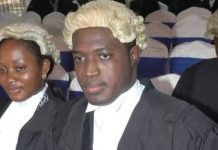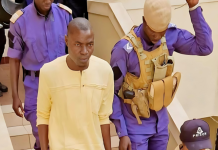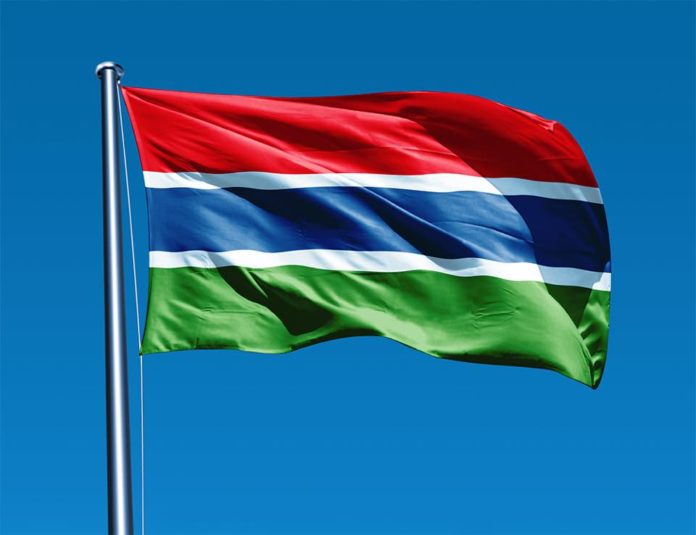Coalition Building is not just simple arithmetic. It is not simply saying that if ten parties come together they will be stronger than three parties. That is not how things work in the political world.
In 2006 the NAAD coalition collapsed and the UDP and NRP formed a coalition which many at the time thought would lead to the addition of what UDP and NRP had in 2001 to put them close to victory. Some people predicted that there would be ethnolinguistic convergence of the Fula and Mandinka ethnolinguistic groups thus making it impossible for Jammeh from a smaller ethnolinguistic group to win an election. The results however were devastating. Instead of the NRP and UDP 2001 votes being put together the total coalition votes even fell short of the UDP vote in 2001.
In short, the UDP candidate and NRP candidate stood separately in 2001 and they polled 149,448 and 35,671 votes respectively. But in 2006 the UDP led alliance which included UDP and NRP polled only 104,808.
Hence neither the ethnolinguistic arithmetic nor the arithmetic of the total vote received by UDP and NRP stood the test of time. The lesson is therefore clear: bringing leaders and their parties together does not necessarily lead the establishment of a grand coalition that would ensure victory in an election.
Our current reading of the Gambian political situation reveals that prior to the collapse of the Barrow-UDP alliance after the council elections four political forces served as drivers to Gambian politics: the Barrow/UDP alliance, the GDC, the APRC and PDOIS.
Winning five National Assembly seats, 25 council seats and the chairpersonship in the Kuntaur Area Council made the GDC a formidable force. PDOIS had four National Assembly seats and seven council seats. APRC had five National Assembly seats and 16 council seats. All these parties had the opportunity to grow.
The split between the Barrow camp and the UDP changed the whole political architecture of the country. NPP became the fifth driving force of Gambian politics and its first breakthrough was to take over the National Assembly seat of Niamina West and the council seat of Kerr Jarga. Eventually the number of GDC seats in the National Assembly began to decline and became lower than APRC and PDOIS.
As we face the 2021 presidential election the APRC leadership has driven the party away from being a driver of Gambian politics. Now four parties are the drivers: NPP, UDP, GDC and PDOIS. Will they each go it alone or form alliances with other political forces in the country? Will any of them forego their driving power and join with another as the APRC has done? Will the alliances turn out to be like the UDP/NRP Alliance in 2006 where the alliance failed to get the support of the people? What will happen next? The following weeks will tell. Foroyaa will continue to follow developments.



















